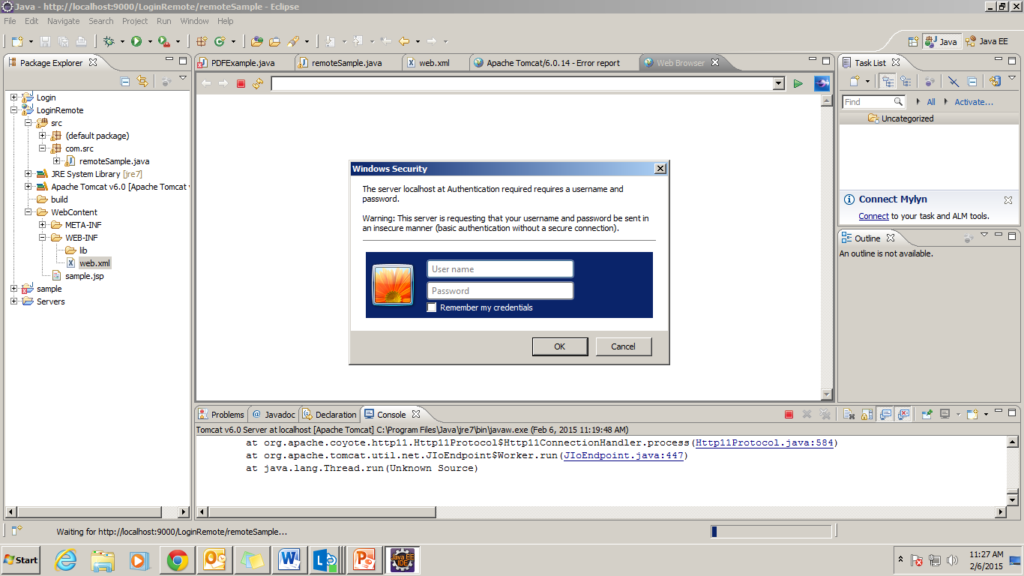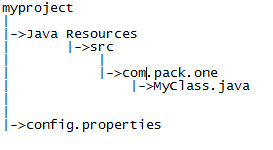I have developed a web application if i run the application in tomcat 6 it asks for username and password but after 3 ...
-
April 1, 2022
- 0 Comments



